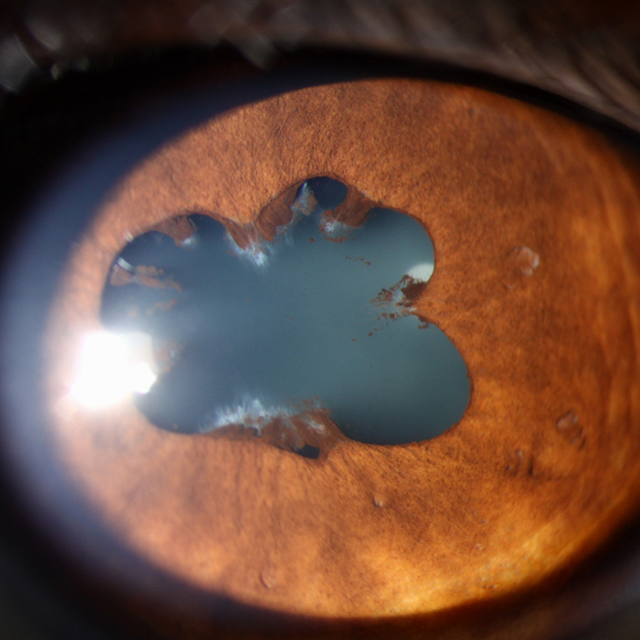Patient Education
Uveitis

Uveitis
Uveitis is a form of eye inflammation. It affects the middle layer of tissue in the eye wall (uvea). Nevertheless, uveitis is not limited to the uvea. These diseases also affect the lens, retina, optic nerve, and vitreous, producing reduced vision or blindness.
Uveitis may be caused by problems or diseases occurring in the eye or it can be part of an inflammatory disease affecting other parts of the body. It can happen at all ages and primarily affects people between 20 - 60 years old.
- Types
- Associated Diseases
- Symptoms
- Treatment
- Anterior Uveitis
Anterior uveitis occurs in the front of the eye. It is the most common form of uveitis, predominantly occurring in young and middle-aged people. Many cases occur in healthy people and may only affect one eye but some are associated with rheumatologic, skin, gastrointestinal, lung and infectious diseases.
- Intermediate Uveitis
Intermediate uveitis is commonly seen in young adults. The center of the inflammation often appears in the vitreous (the gel-like substance in the back of the eye). It has been linked to several disorders including, sarcoidosis and multiple sclerosis.
- Posterior Uveitis
Posterior uveitis is the least common form of uveitis. It primarily occurs in the back of the eye, often involving both the retina and the choroid. It is often called choroditis or chorioretinitis. There are many infectious and non-infectious causes to posterior uveitis.
- Pan-Uveitis
Pan-uveitis is a term used when all three major parts of the eye are affected by inflammation. Behcet’s disease is one of the most well-known forms of pan-uveitis and it greatly damages the retina.
|
|
- Blurred vision
- Eye Pain
- Eye redness
- Photophobia (light sensitivity)
- Floaters
Uveitis treatments are aimed primarily at eliminating inflammation, alleviating pain, and preventing further tissue damage. Treatments may vary depending on the type of uveitis present. Some treatments include corticosteroids, immunosuppressive agents, and/or dilating drops.
Not only are the eyes a concern, but particular attention must be paid to the underlying systemic cause of the uveitis so that treatment can be initiated to control and prevent further episodes.